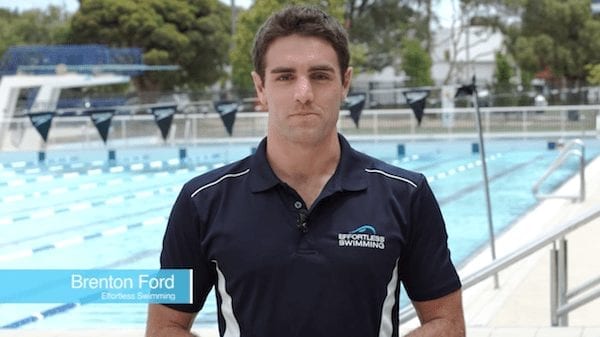Video information products
Video information products are basically a series of videos that package up your very best information. You can then sell this as an information product to help your audience solve a challenge that they have. Or get educated fast through watching engaging content. In this blog post I will break down the steps on how to do this.
- – Leveraging your products
- – Selling your product to different markets
- – Reducing the amount of time that you spend travelling
- – What information should go into the video information product
- – Scripting options
- – Choosing great locations
- – Distribution – Hosting online, DVD
So you’re an authority in your industry or a particular niche. You’ve spent years honing your craft. Your next step might be to create a video information product.
New Markets
Another great reason to create a video information product is to be able to sell your product to different markets. For example, if you’re involved in high level consulting, you may receive a whole lot of enquiries from people who very much need your service, but basically can’t afford to pay your hourly rate. By creating a series of online e-learning videos, you can now package up your information at a price point that will open up a whole new market for you. And what you’ll find is that some of purchasers of the video information product will actually go on to buy your high level consulting services later. This is known as the ascendancy model.
Reducing Travel
One other excellent reason for creating this type of product is to reduce the amount of time spent travelling. We’ve produced similar work for trainers and consultants who spent a lot of time on the road travelling to different cities, and it was burning them out. They can now deliver their content online, and be more choosy about the occasions that they travel.
Content
So we’ve established that there’s good reason to create a video information product. The next question is, what information goes in there? The most important point here is not to try to cover too much. There’s a temptation to try to cover everything. But your product then starts to lack focus and become too long. What your audience is looking for is how to solve particular challenges, rather than an encyclopaedia. What makes your videos valuable is just as much what you leave out, as what you put in. Because you are filtering your content and for your audience and only giving them your best information.
If you write regular blog posts, and you should be, you might find that much of your information already exists there. All you need to do is finesse the information, and lay it out in the best structure.
An important thing to bear in mind is to keep your content simple, and conversational. Avoid formal language, and long sentences. Make your communication direct and clear.
Scripting
How much you script your content is up to you. Some of our clients work from a word-for word script, which we load up to our autocue. Other clients might just use a white board with key words or chapters as prompters, and work more spontaneously. You choose the style that best works for you.
Locations
Because you’re using a visual medium, think of great examples of locations to use that illustrate what you are teaching. In this series of learning videos we produced for renowned swimming coach Brenton Ford, you can see that we filmed at locations which provide visual interest, which makes the content more engaging.

In this exercise training video for patients with Parkinsons disease, even just having this beautiful background helps to make the video more visually engaging.
Distribution
Once your video series is completed, you can package it up on DVD. But what is far more common these days is to host your videos on the web and give buyers access through a password.
A new trend that is worth considering is, rather than selling an individual product, sell a membership. Add new products to the membership as you create them to keep on delivering value to your members. You can even create an online forum component so that users can ask questions, and get advice. And being able to collect a monthly recurring payment from members will help to increase your profits.
So there you go. How to get started with creating your own video information product. If you have questions, get in touch. We’ve created quite a few of these sort of videos and we can let you know how to get started.

Ryan Spanger is one of Melbourne’s most respected and sought-after video production professionals. Ryan founded Dream Engine in 2002, and specialises in helping medium to large corporates, government departments, and the non-profit sector to connect with their audience more effectively by using video.
